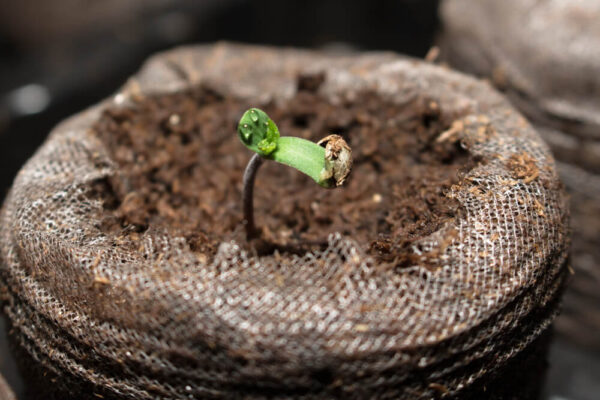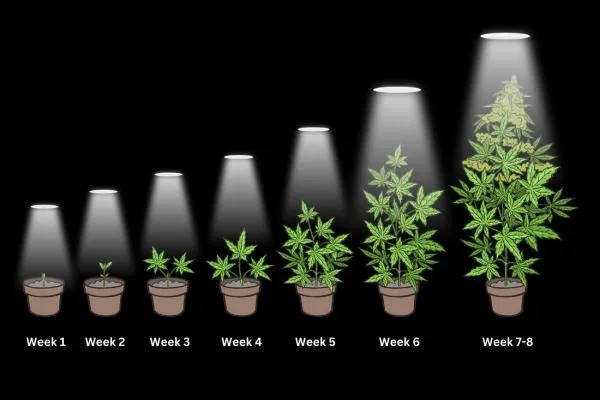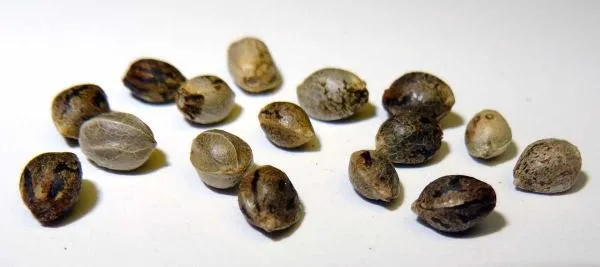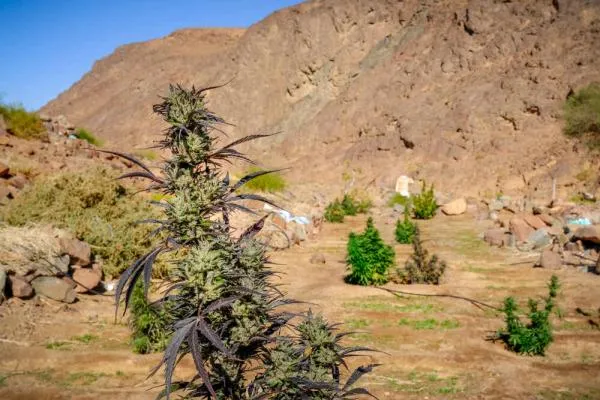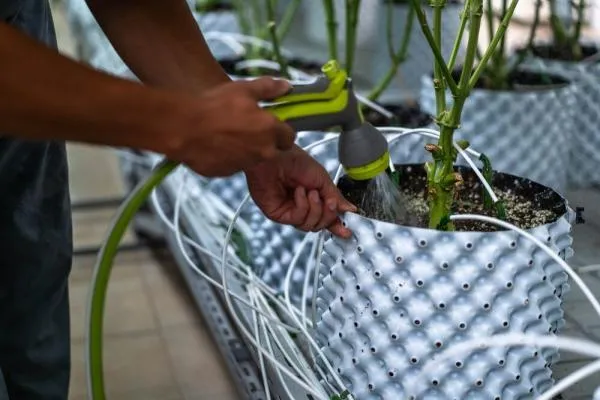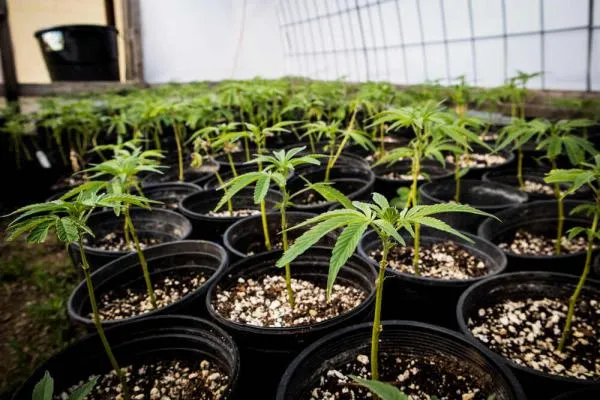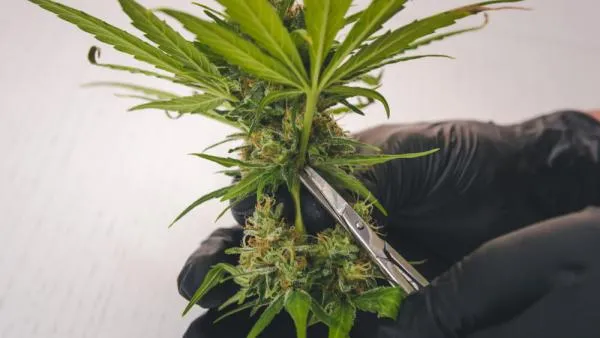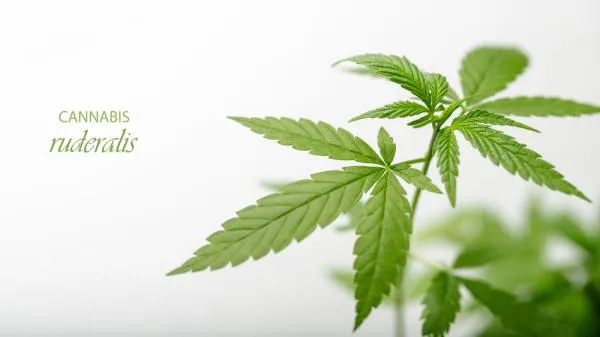Ask anyone to describe what a living, breathing cannabis plant looks like and almost everyone will tell you something along the lines of ‘a bushy, leafy plant growing in the ground or a flower pot’ and they would be pretty close to what modern day marijuana cultivation looks like. Of course, there are many different ways of cultivating cannabis these days and some methods even look like they have been designed for astronauts on the international space station.
Growing marijuana can be very nuanced, but the cannabis plant, like all plants throughout the plant kingdom, they have to be anchored somewhere. Until man began fiddling with nature and experimenting with plant cultivation, its home was in good old-fashioned dirt, soil.
Soil is the foundation for any plant to flourish, and at its core doesn’t require all that much work by the individual, however there are many things you can do as a grower to keep plants happy and produce a magnificent harvest. Whether you are just getting started in marijuana cultivation or you’ve already developed a green thumb, we’ll go over the basics of soil and other solid mediums for cultivating the best possible cannabis, as well as some details for fine-tuning your setup.
Cannabis soil - More than meets the eye
Instead of going through a detailed description of what constitutes a solid medium, let’s begin with what a solid medium is not. Hydroponics, which generally avoids soil altogether as it is the antithesis of growing in soil, is a technique that employs an inert (nutrient-free) medium to keep roots in place and support the plant’s stem to keep it upright. Since the medium contains no nutrients that the plant’s roots can feed off nutrients must be added by the grower. Imagine a plant in a rockwool cube floating in a bubble in outer space. It will receive plenty of sunlight, but without its natural surroundings it will have a very difficult time obtaining vital nutrients on its own and will not last very long as a result.
Just like the cosmos, people have looked at soil countless amounts of times in their lives but often fail to see the vastness and complexity of what goes on without the use of an objective lens. If you were to look at a cross-section of organic soil from a field through a lens, you would see an ocean of activity starting with insects all the way down to a microscopic level with bacteria, fungi and other microbes. Naturally growing plants obtain their nutrients through their roots in simple water-soluble forms, which result from the breakdown of complex chemicals in and around the plant’s roots, also known as the rhizosphere. Microbes supply minerals to the roots and also help protect them in a symbiotic relationship where in return they get sugars and other secretions in a self-supporting cycle.
The beauty in cultivating in soil lies in the fact that mother nature and father time have already done most of the heavy lifting. Preparing a planting area requires less work and therefore less time. Should the soil lose its fertility, making adjustments with added nutrients in the form of compost or fertilizer is also much easier than replacing the soil altogether. Additionally, plants are already adept at survival and can stretch out roots to obtain nutrients and water if necessary. Then there is of course the issue of taste and flavor of your crops. The average marijuana consumer won’t initially be able to tell the difference between outdoor sun-grown organic cannabis and something cultivated in an indoor hydroponic setup, but connoisseurs the world over swear by the quality of organic buds, not only in terms of flavor but also effect.
Instead of going through a detailed description of what constitutes a solid medium, let’s begin with what a solid medium is not. Hydroponics, which generally avoids soil altogether as it is the antithesis of growing in soil, is a technique that employs an inert (nutrient-free) medium to keep roots in place and support the plant’s stem to keep it upright. Since the medium contains no nutrients that the plant’s roots can feed off nutrients must be added by the grower. Imagine a plant in a rockwool cube floating in a bubble in outer space. It will receive plenty of sunlight, but without its natural surroundings it will have a very difficult time obtaining vital nutrients on its own and will not last very long as a result.
Just like the cosmos, people have looked at soil countless amounts of times in their lives but often fail to see the vastness and complexity of what goes on without the use of an objective lens. If you were to look at a cross-section of organic soil from a field through a lens, you would see an ocean of activity starting with insects all the way down to a microscopic level with bacteria, fungi and other microbes. Naturally growing plants obtain their nutrients through their roots in simple water-soluble forms, which result from the breakdown of complex chemicals in and around the plant’s roots, also known as the rhizosphere. Microbes supply minerals to the roots and also help protect them in a symbiotic relationship where in return they get sugars and other secretions in a self-supporting cycle.
Soil has been around for as long as the Earth itself, but its significance with respect to human civilization starts around the time of the advent of agriculture. While our ancestors and other animals survived through foraging, modern civilizations were able to arise thanks to the use and management of soil and water. Once this realization was made, societies were able to feed their members on a regular basis, reducing the need for hunting and gathering, thereby changing the character of societies themselves. As far as soil in Europe and parts of North America is concerned, it has received help from an overlooked accomplice: the earthworm. Native species of the earthworm disappeared in North American as a result of glacier activity over 10,000 years ago. However, colonization of North America in the 17th century saw their reappearance on the continent when they were brought over onto land in root balls or dry ballasts of ships. Over time, the earthworms brought partially decomposed matter deeper into the compost soil, combining it with mineral soil beneath. The mixture of these two soils along with the burrows made by the earthworms results in very rich organic soil that can be easily broken apart. In other areas of North America in Europe, particularly hotter and more arid climates, soils tend to have less organic matter and fewer nutrients as microbes consume matter before larger deposits can form. In such cases, amending soil is an absolute must in order for plant roots to get the required nutrients.
General Types of Soil and Solid Medium
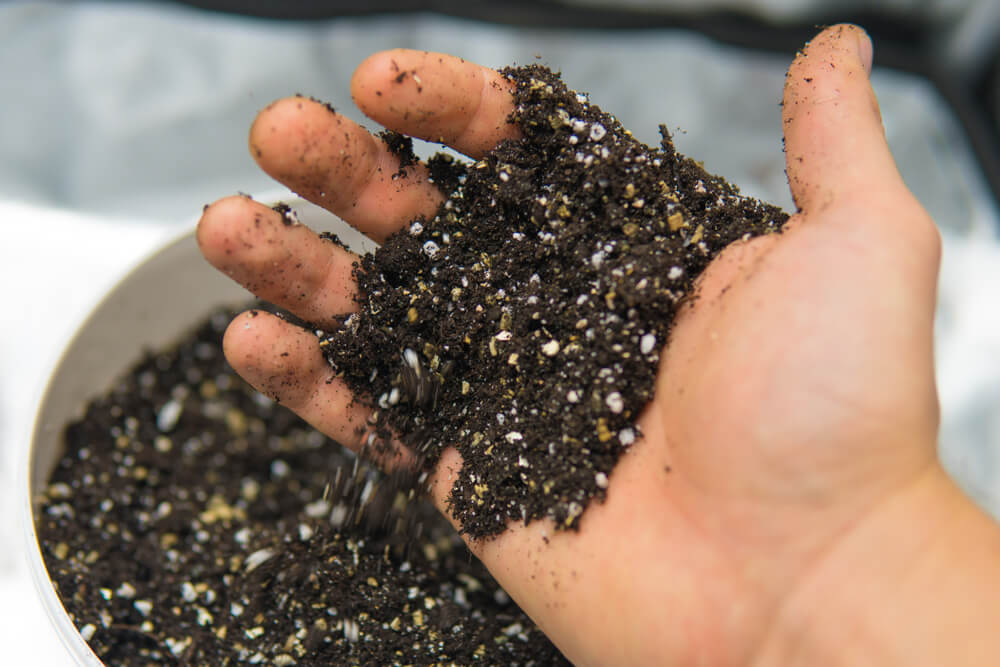
Natural organic soil is a method preferred by many experienced growers, however there are several other solid medium types available. A very popular alternative in recent years is coco coir, also known as coco peat, which involves processing the fibers and pith surrounding the coconut’s core. Coco coir looks surprisingly similar to traditional soil, however one of the major differences is its lignin content, which is decomposition-resistant and allows for the medium to be used longer. Another difference is that it provides more air to the root zone, depending on the size of the fibers of course, and can hold up to eight times its weight in water. Additionally, it has a higher pH than other mediums such as peat moss, which means it hits the pH sweet spot of 5.8-6.4. It also mixes very well with traditional soil, as it can lighten more compact varieties.
If you are fixed on using natural organic soil, there are several types to take into account as not all organic soil is the same. The four most common types are: sand, silt, clay and loam. Sandy soil is excellent for drainage but not for retaining water, which means nutrients can get easily flushed out and will require more frequent watering. Silty soil is not as course as sand, but it contains plenty of minerals and organic nutrients. It also retains water much better, though does not drain as well. Clay soil is a very difficult medium to work with as it drains very poorly, but often it is very fertile and rich in nutrients. Its pH is on the higher end of the spectrum as well so it must be amended to reach the desired range. Loamy soil is a combination of the three aforementioned types of soil, consisting mostly of sand and silt and 1/5th of clay and frequently contain organic matter. The more organic matter in a loamy soil, the less modification is needed to produce high-quality results. In contrast to the other soil types, loam drains well but is also good at retaining water.
Peat based mixes such as peat moss is another very popular planting material for containers. It consists of dead fibrous material made of moss and other organic material decomposing in peat bogs. Alone, it does not make a great potting medium as it is quite acidic and must be treated with a pH-raising agent such as lime. It can hold up to 20 times its weight in water, has superb buffering ability and is also cheap to obtain. Since it does not have nutrients of its own, they must be added right away, unless your mix has already been pre-treated.
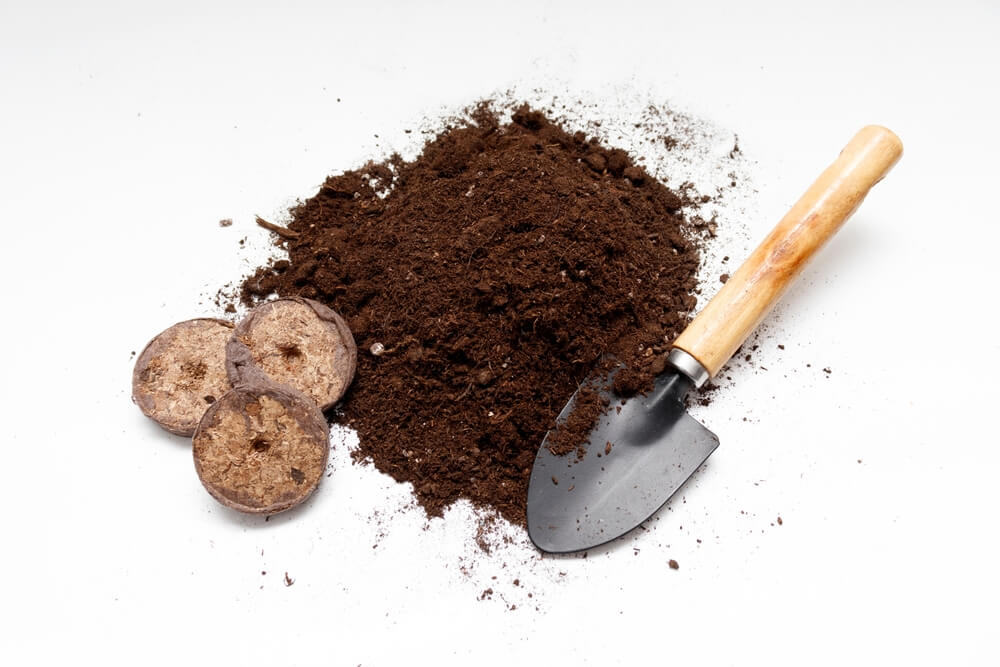
Another naturally-occurring, nutrient-rich option is the use of decayed organic matter, otherwise known as humus or compost. This can include plant material, animal waste and microorganisms. Microbes in compost or humus convert nutrients into soluble form that plant roots eat up. Compost and humus have good water retention and mix very well with other types of soil. The pH of compost is generally neutral, though adding lime can make it more alkaline.
Amendments and Additives
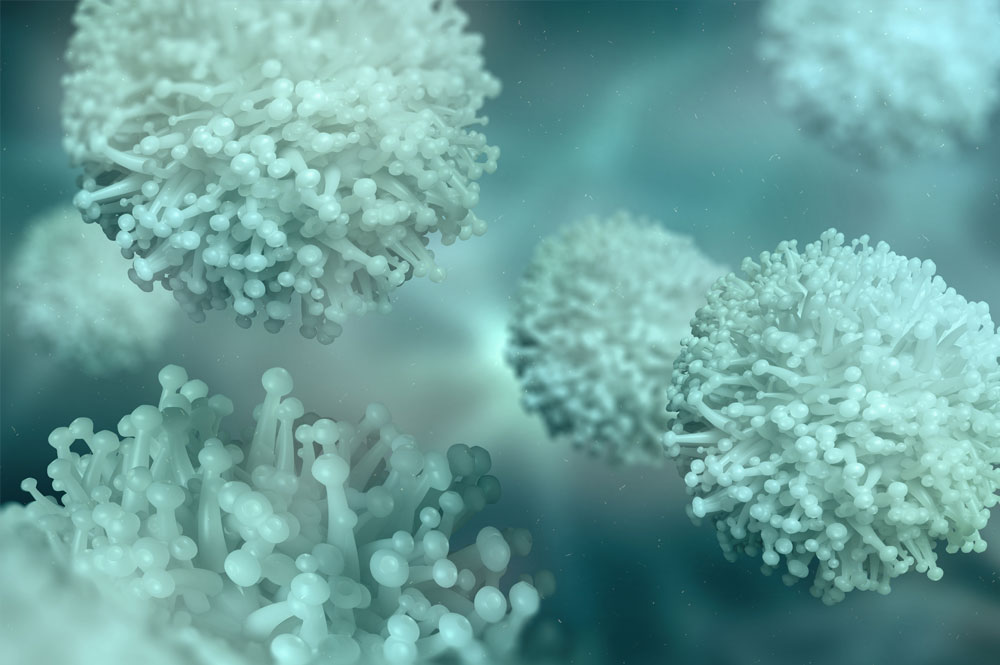
Depending on your starting material, you may or may not have to add amendments to your soil/solid medium to ensure proper texture, air and water retention capacity. You also may need to adjust the pH to stay within the desired range or provide your plants with missing nutrients. Many gardeners choose to make their own soils and perlite is a very common addition. Perlite is a glass-like mineral reminiscent of popcorn bits. It is a sterile, pH-neutral inert medium that draws water using capillary action and can also hold nutrients. Because of its course shape and structure it can hold some air and is good at promoting drainage. Vermiculite is another popular addition to soil/solid grow mediums as it is good at absorbing and retaining water, buffering nutrients and making space for oxygen to reach roots. Like perlite, it must be processed from its original form to be used in a planting mix. However, it is not inert as it releases magnesium and iron as it decomposes, interacting with water in the soil. As a result, activity in the root zone is heavily stimulated.
Depending on your starting material for your medium, you may have to add nutrients at some point. Instead of rushing to your local gardening center/grow shop and buying expensive fertilizer or other additive, you can make your own little concoction that will kill several birds with one stone: compost tea.
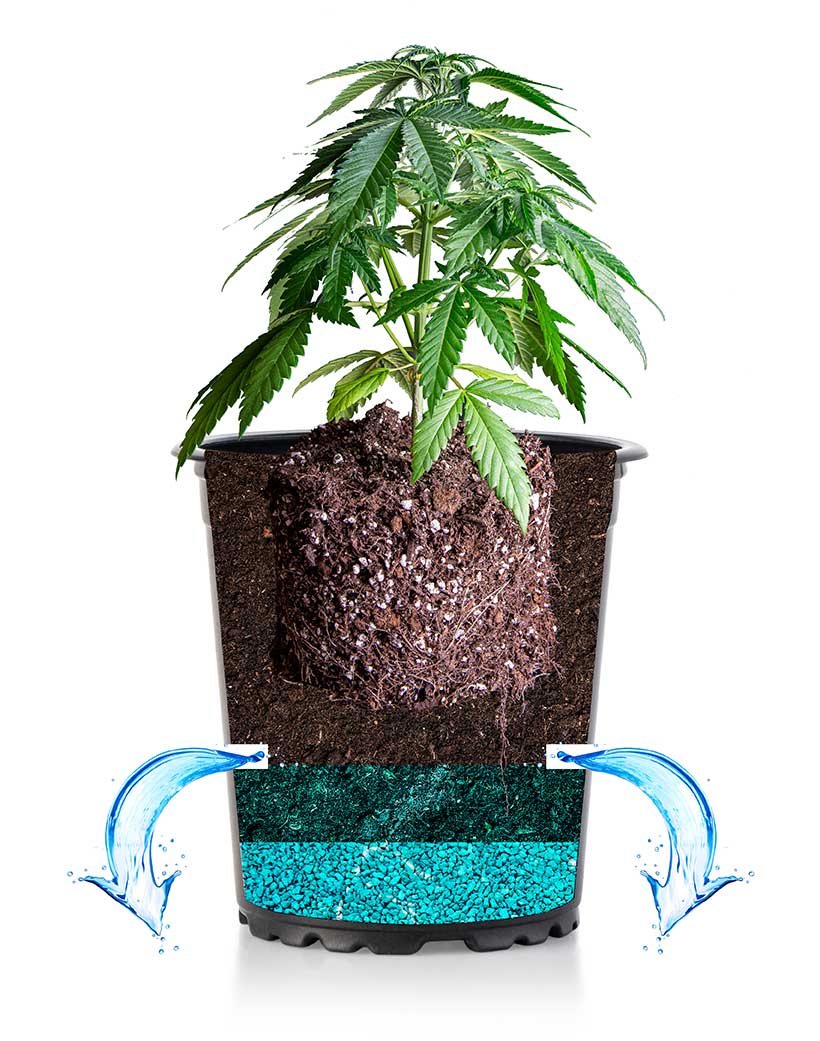
Compost tea provides several benefits to your plants, though its main functions are to inject microbes into your medium or onto plant foliage as well as to add soluble nutrients for the microbial life that is already present. In contrast to synthetic fertilizers and other chemical based additives such as pesticides, compost teas actually add beneficial microbes to your medium/foliage. In addition to the plethora of nutrients for your soil, compost tea can also add fungi, bacteria, eukaryotes and even nematodes to your grow medium, spiking the underground activity that plant roots will thrive in. If prepared properly, that is using high-quality compost, your tea will:
- Provide protection to plant surfaces and prevent diseases
- Improve nutrient retention and reduce the use of fertilizers
- Provide more nutrients to the root system
- Improve water retention reducing water use
- Provide better soil structure required for the entire food web
- Improve tolerance and resistance to stress and enable faster recovery
Compost tea is a strong concentrate and may spoil quickly so it is best used within 8 hours of brewing. Aeration is also vital to compost tea so use an air stone to keep the solution well oxygenated.
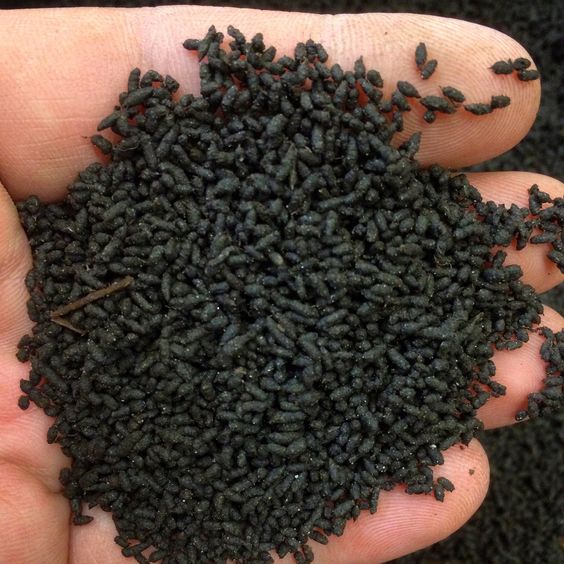
Another biological tool for adding to your solid medium is worm castings, which is a more pleasant way of saying worm poop. Worms eat their way through compost and their digestive systems break down organic matter, leaving behind bacteria, fungi and nematodes, which provide more nutrients for plant roots. In addition to helping prevent disease, these microbes convert ammonium into nitrate, which makes it easier for plants to absorb nitrogen, a key macronutrient. Many outdoor gardeners like to utilize worms for their castings, however indoor containers are not very conducive to worms as they will not be able to survive very long due to the limited space. In such cases you can keep a worm farm separately and use the castings obtained there or simply find a reliable store-bought version.
If the DIY approach is not your thing, there are countless different store-bought nutrient solutions available on the market, however potential buyers should be very careful of the contents. Many still use synthetic ingredients despite having environmentally-friendly sounding names. It is also a good idea to avoid combining solutions made by different brands as combining them may cause adverse reactions and cause a nutrient imbalance or nutrient lockout. It is best to stick to trusted brands and follow their advice.
Feeding Time
Different plants will require different nutrient ratios, but your soil is also part of the equation, so you need to take into account what it already contains so as not to overfeed your plants. Plants, just like humans, have specific nutrient requirements that can be broken down into two categories: macronutrients and micronutrients. Macronutrients are essential elements used by plants in large amounts whereas micronutrients have the same function but are used in smaller amounts. When looking for fertilizer/nutrient solution/amendments, you will most frequently see the acronym of N-P-K, which stands for nitrogen, phosphorus and potassium, the three macronutrients utilized most by cannabis. Micronutrients necessary for cannabis growth at various stages include calcium (Ca), sulfur (S), magnesium (Mg), (secondary elements, vital for bud formation) as well as iron (Fe), copper (Cu), manganese (Mn), zinc (Zn), and boron (B). Other essential elements include carbon (C), hydrogen (H), and oxygen, also known as basic elements.
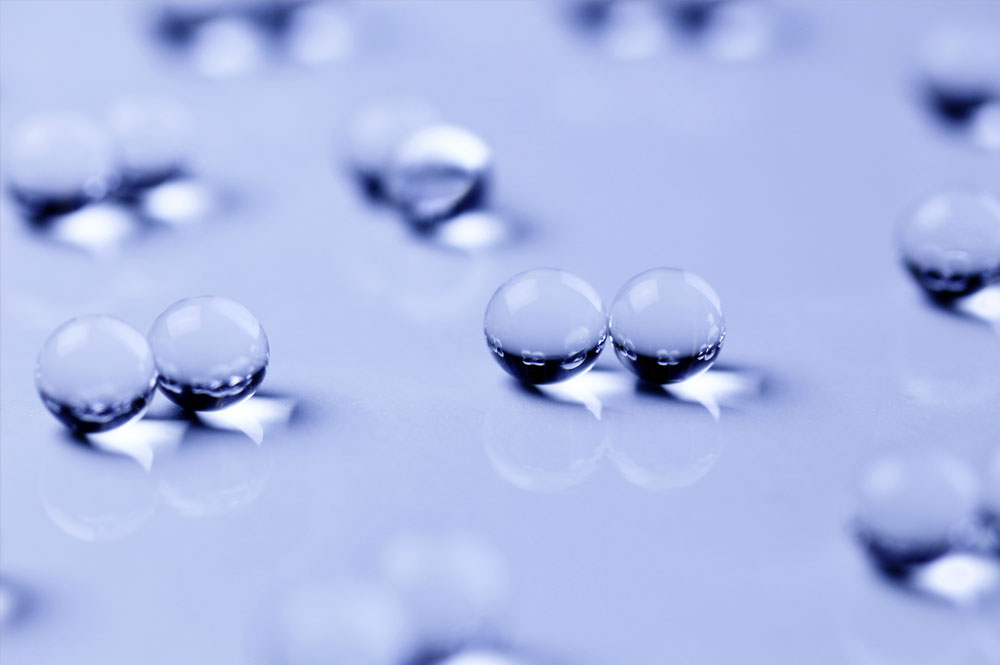
Cannabis plants will require different macronutrient ratios at different stages of life. Nitrogen is primarily responsible for ensuring green foliage, while phosphorus promotes strong root development and potassium regulates CO2 uptake, thus enhancing photosynthesis.

Potential for Hydrogen - pH
One thing you certainly don’t want to overlook in your soil/solid medium setup is its potential for hydrogen aka pH. This is a scale used to tell how acidic or alkaline (basic) your nutrient solution is. For growing marijuana, the optimum pH range for soil is 5.8-6.5 with 6.2 being the sweet spot. If using mostly coco coir as your medium, you will have to add supplements as coco falls within the neutral pH range (5.2-6.8) though this might fluctuate over time. Nevertheless, it is a good idea to get a pH meter or testing kit and check pH levels on a weekly basis, regardless of whether you are using standard soil or an inert medium such as coco coir. Inert mediums have good water retention but need additional monitoring. Organic mediums are recommended for novice growers as they give a much greater margin for error and can be quite forgiving.
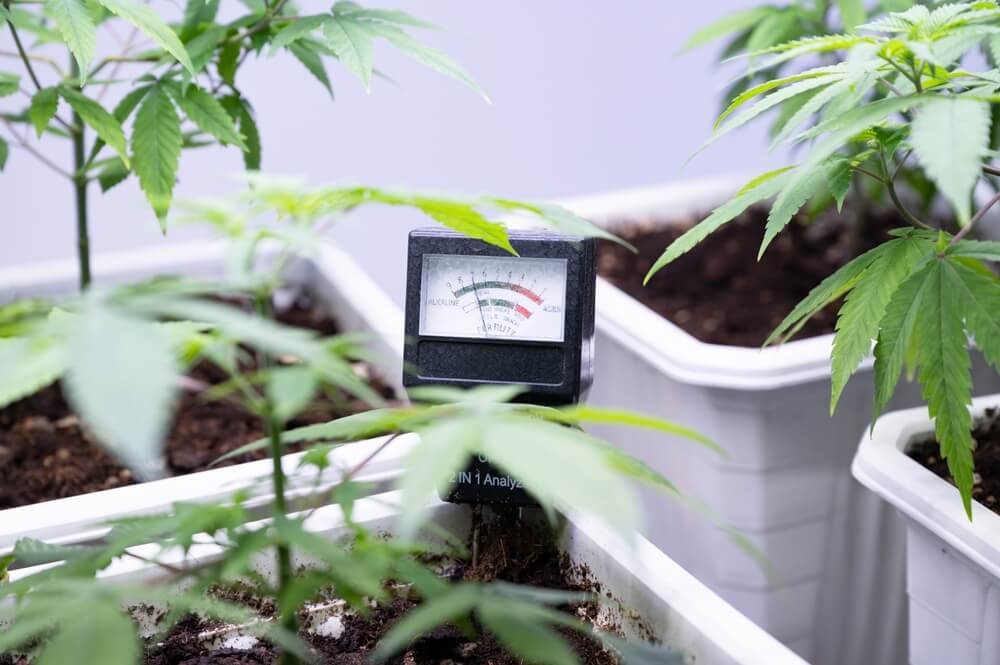
Quenching thirsty plants
With hydroponics, growers usually have fully automated systems that do the watering for them, however soil and solid mediums need to be watered by hand, unless you are using a wick system or self-watering containers. When watering a soil-based medium by hand, a good rule of thumb is to wait until the medium feels dry up to your first knuckle (an inch or so). If the container is noticeably light it is also a good indicator your plants are due for a watering. If using coco coir, try to water plants every 1-2 days. Another sign your plants need hydrating is if they have a sad, droopy appearance. Be careful of overwatering as well. Make sure that the soil is wet all the way through and that runoff doesn’t exceed 20%. If your medium has poor drainage and excess water, you run the risk of root rot and other diseases.
Giving your soil a home
If you’re growing in the great outdoors, you will likely either use the ground itself or perhaps a raised bed, however indoor growers have limited options due to space constraints. To keep your medium as healthy and natural as possible, there are several options available.
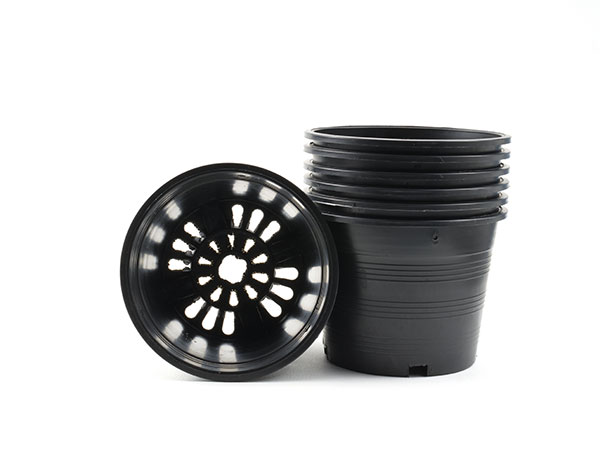
Standard pots – The easiest and most widely available option. They are lightweight, durable and are inert and come in all shapes and sizes, though tapered ones are recommended for easy transplanting.
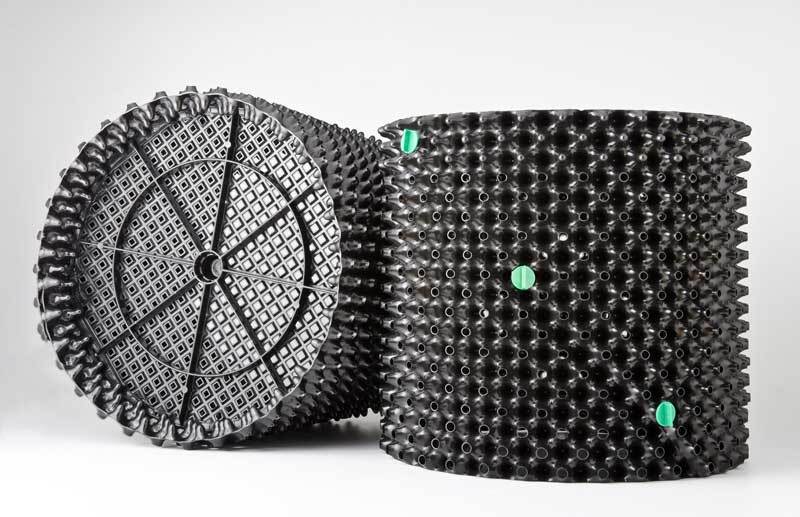
Air-pots – These are specially designed plastic pots that enhance root system quality of plants. They contain holes and bubble spaces which allow the roots to vigorously spread, resulting in significantly healthier plants.
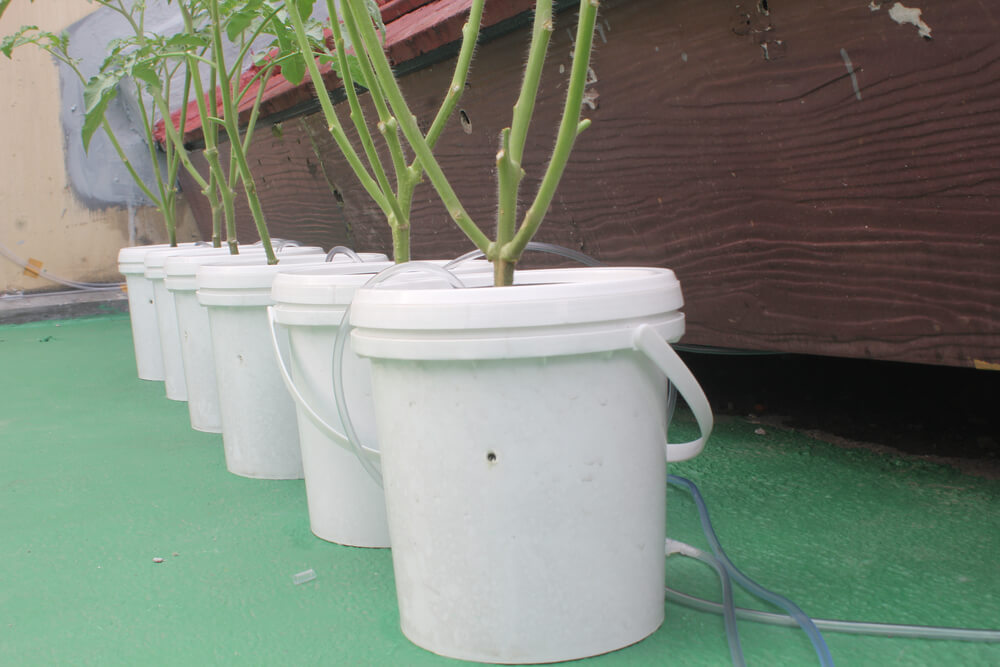
Hempy buckets – Perhaps the easiest, cheapest and most cost effective way of obtaining big yields in a passive hydroponic system. The method involves drilling a hole in a non-transparent bucket towards the bottom and filling the bucket with a perlite/coco coir mix. Water is retained at the 2-inch section containing perlite. Plants are tricked into thinking they hit the water table they would naturally grow in outdoors. Once they reach this reservoir, growth increases at an explosive rate.
